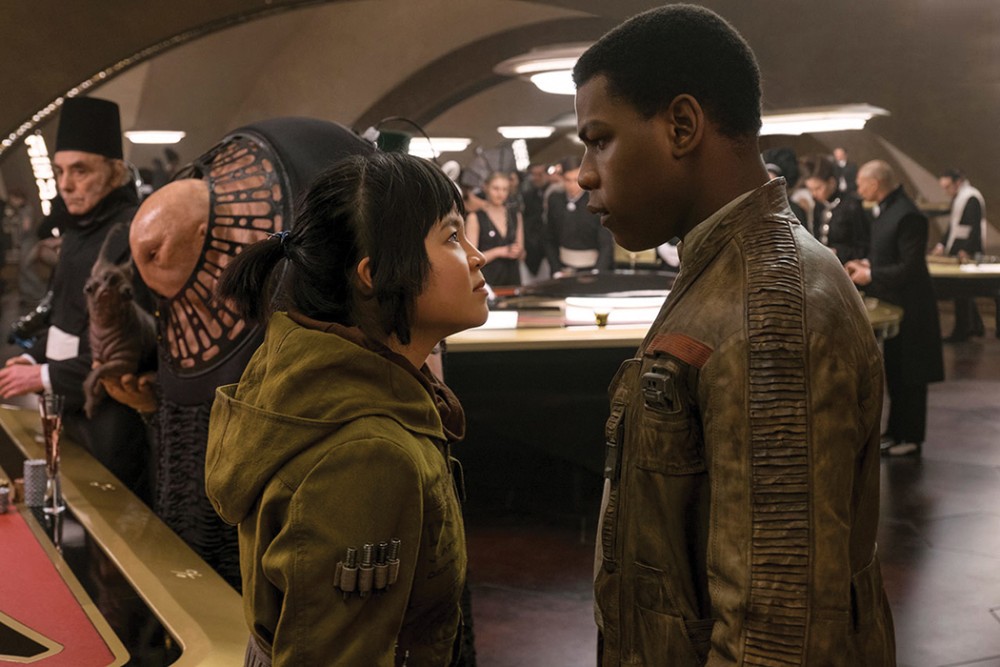The Last Jedi's theology of power
The new Star Wars movie calls solo heroism into question—and offers a vision of communal goodness.

A long time ago in a galaxy far, far away, myths about good and evil are being rewritten. The eighth canonical installment of the Star Wars series winks and nods at the mythos that the franchise has been building for decades. Like Princess Leia giving an order to Poe Dameron, it corrects course firmly but kindly in the direction of a more expansive and theologically interesting universe.
The Last Jedi picks up where the previous movie, The Force Awakens, left off. The First Order has destroyed the Republic and subjugated the galaxy. A scrappy band of resistance fighters struggles to keep hope alive. An emissary has been dispatched to find the last Jedi to rally people to the light.
We saw variations on this story in the first Star Wars film (A New Hope) and again in The Force Awakens. The cycles of the generations are hardwired into the Star Wars mythos. Luke Skywalker, son of Anakin Skywalker (later Darth Vader) discovers his parentage and becomes Anakin’s only chance at redemption. Where Anakin had turned to the darkness, his son chooses the light, marshaling the power of his bloodline while resisting its weakness.




